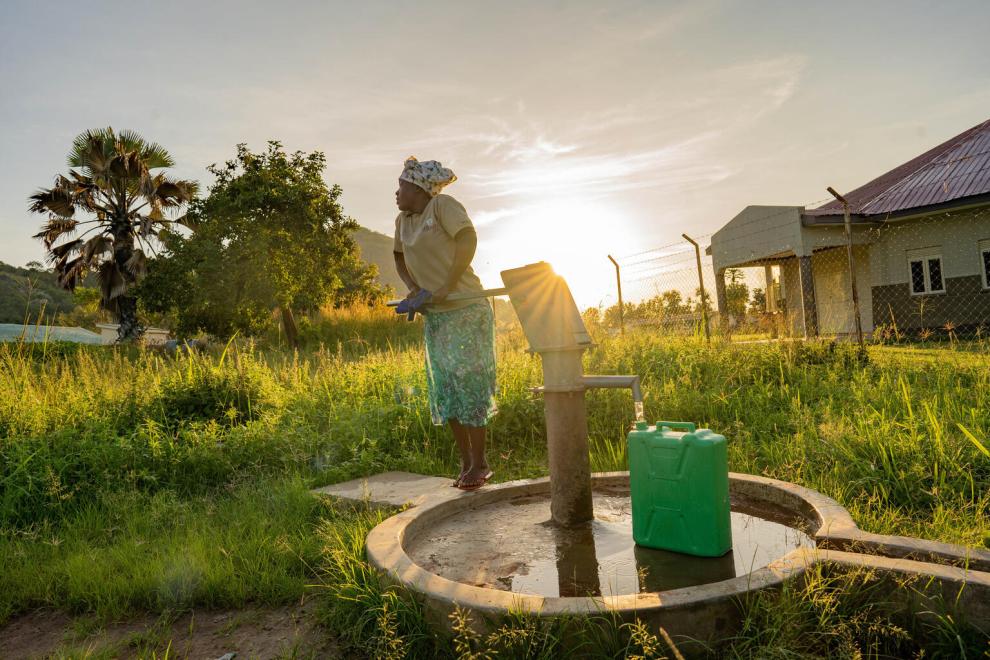Like many rural areas of Uganda, the standard of living in West Nile sub region is still very low. The majority of the rural population continue to live in appalling and sub-human conditions characterized by poor housing conditions – tinny mud and wattle huts with no room demarcations, shared with children and in some cases, livestock (goats and chicken), unmindful of the health risks! They are trapped in the vicious cycle of poverty. Infections and death from preventable health causes, rampant food shortages, incidences of malnutrition and stunted growth, high levels of child school dropout and early marriages (for girl children) and high illiteracy rates are clearly visible and replicated in many communities of West Nile sub-region.
It is a challenge to produce food for the growing population in a financially viable and environmentally and socially sustainable way. The inability to produce enough food and low productivity levels are attributed to several causal factors which include: increasing soil infertility, pests and diseases, land shortages, land fragmentation, jealousy, poor quality agricultural inputs, inadequate or lack of timely agriculture extension services, limited specialized production,
traditional agricultural practices, rain fed agriculture and high population growth rate among others. Outstandingly, most of the farmers earn the said low income seasonally i.e. after ‘four to six solid months’ and they usually sell their agricultural products not only individually but also in small bits during times of crisis to solve immediate problems. They are always exploited and cheated by the middlemen as they have little or no bargaining power. Thus, small scale subsistent farmers have not benefited meaningfully and gainfully from their sweat!
In spite of the above scenario, agriculture remains the most important source of income in Busoga sub-region. The sector provides employment to over 75 % of the sub-region’s labour force. The agricultural production in the sub-region is dominated by smallholder farmers operating on less than two hectares and 80 % of the smallholder farmers are women producing over 70 % of the agricultural GDP in the sub-region.
There are significant barriers to increasing production and productivity, as well as value addition, especially to the export agricultural products. Despite its potential to transform the economy of the sub-region the agricultural sector is still weak. The prospective to increase the size of the agricultural production, to make it a viable and sustainable business is hampered by a number of significant barriers such as; poor quality inputs, hand driven labour, poor or no storage facilities, unpredictable weather, and subsistence production. Other barriers include; limited access to financial services, high interest rates (the weighted average commercial bank lending rate over the past ten years has been 20.5 %); fragmented markets; lack of access to quality and timely market information, poor agricultural practices leading to significant pre- and post harvest losses, limited access to and use of quality agro-inputs, as well as poor extension services. This strategic plan wishes to address the above situation in an organic manner.


